After the Munich massacre in 1972, the European countries started to form new law enforcement and military units to deal with similar situations. As the French always had strong Army and law enforcement agencies, they also followed that example. Among the many formed units, one is quite special. In June 1985, the French Police Nationale formed RAID to combat the rising violent crime and terrorism sweeping Europe and France.
Although they are not the first created counter-terrorism unit in France, they have quickly gained an excellent reputation as an intervention unit that can respond rapidly and professionally to all tasks. They were not well known as its older counterpart, the GIGN, but now they are almost equal. Throughout France, their unofficial nickname is The Black Panthers due to the design of the RAID emblem and the black coveralls and jackets worn by its operators.
Mission
In France, RAID is tasked with “leading the National Police in tactical combat against serious crime and terrorism. Their missions and ordinary tasks include the following:
- Intervention in extreme criminal and terrorist attacks involving hijackings and hostage-takings.
- Assisting other police and security agencies in dealing with violent criminal and terrorist organizations.
- Assisting other law enforcement agencies in securing significant events of national and international importance.
- Protection of French VIPs and foreign presidents and heads of state visiting France.
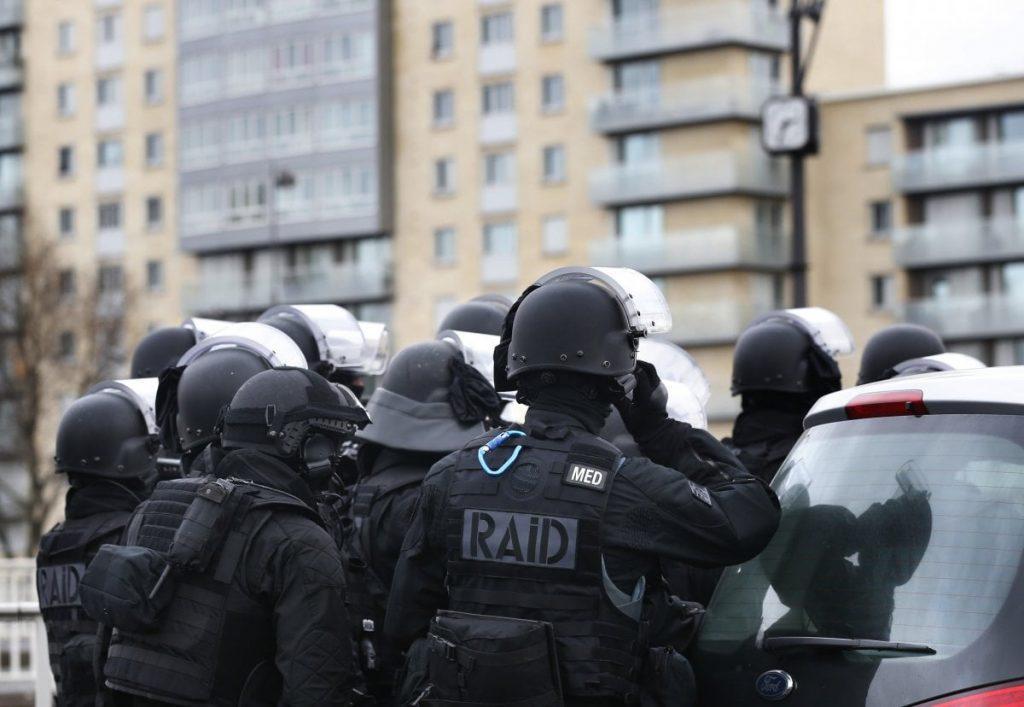
Organizational structure
The French Police Nationale’s RAID headquarters is based in Bievres (on the outskirts of Paris). The RAID is a relatively small special weapons and tactics unit consisting of approximately 450 operators organized into 10-man assault groups, one 10-man specialist group (EOD personnel, hostage negotiators, and other specialists), and the balance forming the unit’s command cadre.
The unit is organized by « antenna,» meaning there is a RAID team in every big city all over France; Bièvre ( near Paris), known as «echelon central,» is the main. There’s Bordeaux, Lille, Lyon, Marseille, Nice, Rennes, Strasbourg, Montpellier, Toulouse, Nancy plus now on french foreign territory in Noumea ( New Caledonia), Pointe-à-Pitre (Guadeloupe, Saint Dénis – La réunion island).
Training and selection
The candidates for RAID operators are selected from Nationale Police officers who are experienced in doing their job. The candidates must be between 25 to 35 years old and have at least five years of job experience. Usually, they must be in excellent physical condition. Candidates from all over France apply, but the rate of candidates who successfully finish the selection process is only about ten from 600. After passing selection, candidates are sent to basic training, which lasts for nine months; after they successfully finish, they are considered operators.
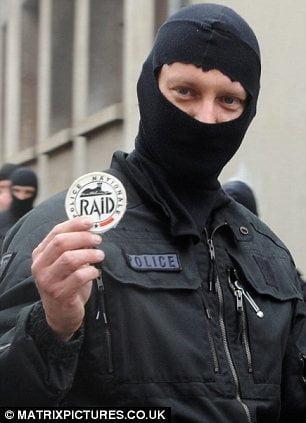
The RAID’s training course is designed to be both physically and mentally demanding. It includes intense physical conditioning, undergoing at least six hours of physical training daily. Usually, candidates and operators already in the unit undergo the same physical training daily. Candidates are taught martial arts, tactical operations, combat, instinctive shooting techniques, rappelling, linear assaults (buses, aircraft, and trains), hostage rescue scenarios, heliborne assaults, high-speed driving techniques, surveillance training, combat medicine.
The candidates even go through basic parachuting skills and maritime operations training. The operators who choose to become combat divers or paratroopers are also sent to attend military training courses and attain HALO/HAHO and combat diver qualifications.
Operations
Unit’s best-known operation and best public known occurred on May 15, 1993, when a RAID assault force consisting of fifteen men ended a two-day standoff between law enforcement units and a terrorist. The terrorist had an explosive device on his chest. He also took 21 nursery school children and their teachers hostage. The explosive device strapped on his chest was made of 16 sticks of dynamite. When microphones placed around the school by RAID operators indicated that the terrorist, an Algerian named Eric Schmidt, was snoring, the RAID jumped into action.
They divided into two groups, one formed a shield that began evacuating the hostages while another raced to the last known location that intelligence said a terrorist was holed up. The running boots and sound of escaping children woke him up, and he began to move menacingly towards the approaching RAID operators. Three shots ended his extortion attempt. The entire assault had lasted no more than 30 seconds, and none of the hostages were killed.
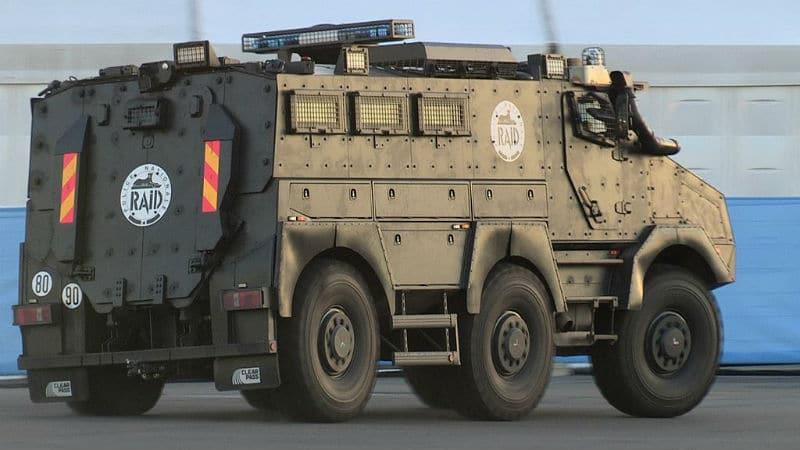
In the following years, RAID, along with other French security and law enforcement agencies, has been heavily involved in operations and missions combating a new wave of Islamic terrorism directed at France due to its support of the Algerian government. In a large-scale operation conducted in November of 1994, RAID, and several other police and intelligence, launched a massive sweep to round up suspected members of known terrorist organizations. The sweep successfully netted a large cache of weapons, explosives, ammunition, and other equipment.
In recent years, the unit took part in almost all publicly-known operations against terrorism in France. That included attacks on Bataclan, Cosher Market, and St. Denise.)
Gear and equipment
Weaponry
RAID operators are equipped with the best gear and equipment money can buy. They are outfitted with flame-resistant coveralls, balaclavas, and gloves. Both RAID and GIGN use various weapons, but unlike GIGN, RAID operators can select their weapons.
Usually, the RAID’s primary entry weapon was the submachine gun Heckler & Koch MP5. RAID operators use the SIG SG551 Commando rifle chambered in a 5.56mm caliber when long-range firepower is needed. The pistols used in RAID vary, but the most used are the Matra-Manurhin MR-73 .357 revolver and the Beretta 92FS pistol with the extended 20 round magazine. The other personnel weapons such as the Glock 19 and Sig-Sauer family are gaining popularity among RAID members.

Today, RAID operators updated their weaponry. HK G36K is a primary weapon, while Glock 17 is an official sidearm. At their disposal, operators have sniper rifles like HK 417, PGM .338 Mini Hecate 2 Precision Rife, Super Sako, FN SCAR. They use HK MP7, FN P90, and some other models for close-quarter combat and VIP close protection.
Transportation
The unit has access to the entire Ministry of the Interior fleet of vehicles and aircraft for its transportation needs. The unit also maintains several specially modified vehicles at its base for ground transport and various tactics used in hostage-taking situations (train, bus, car, plane, etc.).
And I forget to mention that RAID is an abbreviation for Recherche Assistance Intervention Dissuasion which stands for Research, Assistance, Intervention, Deterrence.
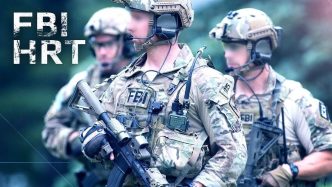
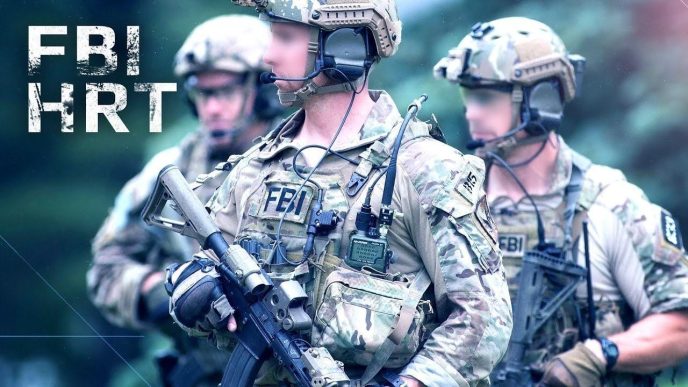
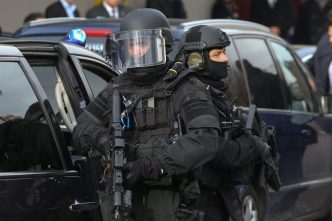
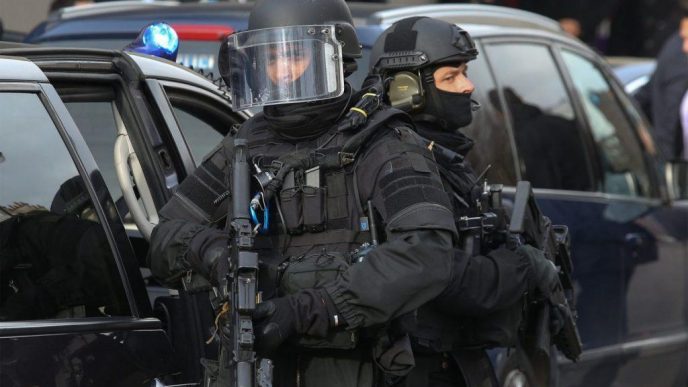
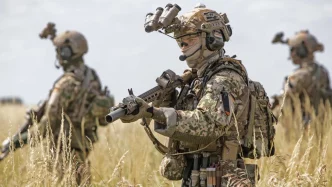
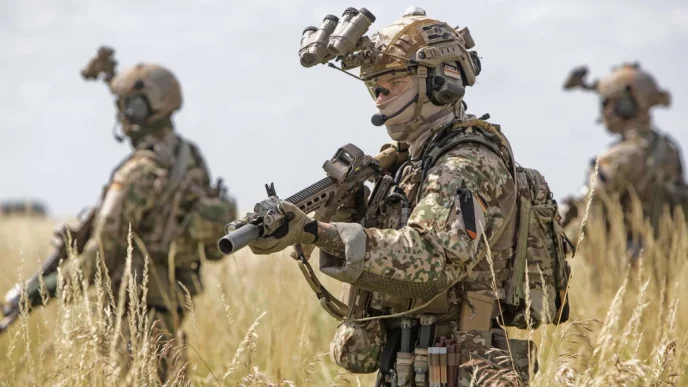

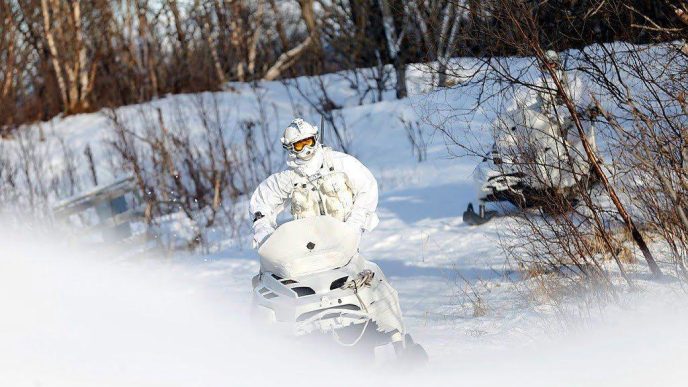
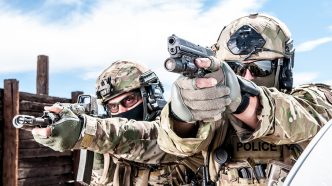
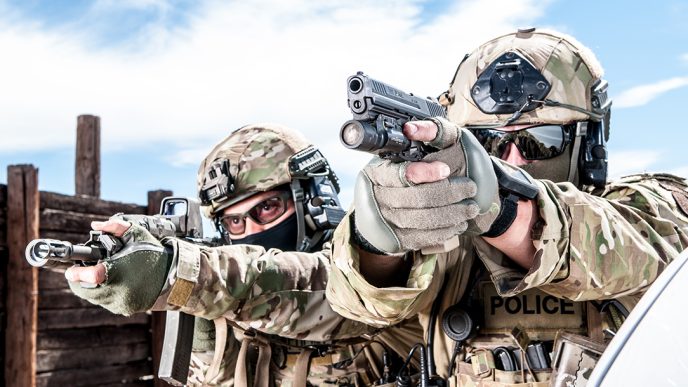
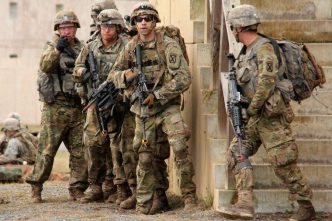
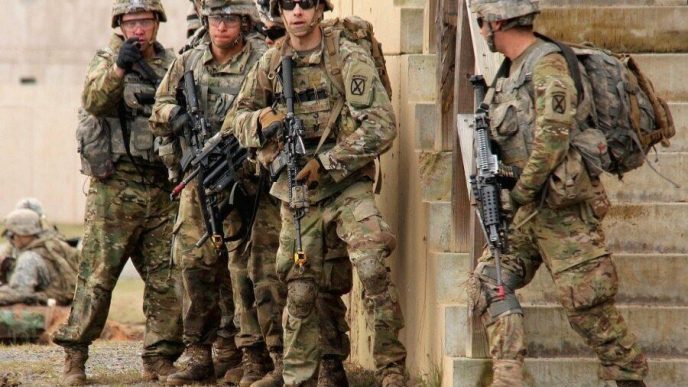
Dear Eric,
There’s a need to update your informations on this UNIT ( As well on BFST) especially on effectives operators, weapons, and operations.
let’s take some private discussion about if you want